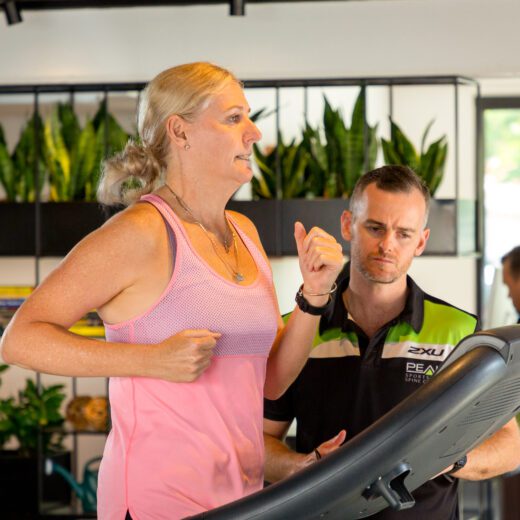
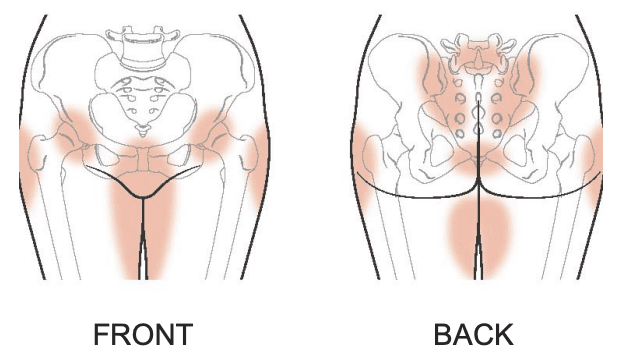
TELL ME MORE ABOUT PELVIC GIRDLE PAIN.
So, what is PGP? It is a range of uncomfortable symptoms in and around your pelvic area and is associated with inappropriate load transfer through your pelvis making standing, walking and sitting uncomfortable or painful. The changes the body goes through during pregnancy can contribute to these symptoms, including; increased body weight and load through the pelvis as your baby grows, hormonal changes that cause your ligaments to soften and increased mobility of the pelvic joints to prepare for birth.
This can be quite a stressful time for women, and it’s well known to cause higher rates of depression and anxiety and increase the need to take sick leave from work. But you do not need to be alone on this journey! PGP is commonly managed with physiotherapy along with other health care professionals like: GP’s, obstetricians, midwives, massage therapists and chiropractors.
So, what do you need to look out for? Symptoms can include pain between the top of the pelvis and bottom of the buttocks, particularly around the joints that link your pelvis to your lumbar spine. You may also experience pain that radiates down the back of your thighs.
WHAT MAKES IT WORSE?
Pain can be present with normal everyday activities, but some common aggravating factors for PGP are: getting in and out of the car, rolling over in bed, going up and down stairs, exercises that are on one leg and getting dressed.
HERE’S HOW YOU CAN HELP MANAGE YOUR PAIN.
Easy, simple changes to your day to day movements can provide huge amounts of pain relief.
Getting in and out of the car
More carefully getting in and out of the car can improve your PGP. Sitting onto the car seat with both legs together, and then swivelling into or out of the car, keeping your legs together helps prevent the shearing movement at the front of the pelvis and help manage your pain. You can also use a plastic bag as a tool to help you swivel your bottom to help get into the car.
Moving in bed
You want to roll in bed in one smooth motion that allows the pelvis to stay in alignment. Try and avoid swinging your legs apart and moving one leg at a time as this can aggravate your pain. Instead, let’s aim to roll onto one side while keeping your knees together with a slight bend in the knees. Push yourself up with your hands and turn over keeping your knees together. Or if you’re getting out of bed, slowly swinging your legs together in one smooth motion and placing both feet on the ground.
Dressing
Dressing can be a common issue for women with PGP, so let’s make this easier by dressing sitting down. Try sitting on the edge of the bed to get your pants on, putting one leg in at a time and then move to standing to do them up. This will reduce your PGP as you won’t need to balance on one leg to get dressed.
Exercise
Research shows that exercises can be incredibly beneficial throughout pregnancy for both your physical and mental health, and also help your PGP. Walking is a great place to start with getting your body moving. If you are getting pain with walking, try taking smaller steps and walking at a slower pace. If you need to go up or down stairs, try taking the steps one at a time. This can help reduce the aggravating movement through your pelvis.
Other exercises shown to be beneficial for PGP include glute, adductor, abductor and core exercises. A women’s health physiotherapist can provide recommendations to guide you through developing simple and effective home exercise program.
Manual therapy
PEAK Sports and Spine have Physiotherapists and Women’s Health Physiotherapists who can offer hands-on therapy to give you effective pain relief to manage your PGP. Relieving the tension in the muscles around the pelvis and glutes can be effective in relieving your symptoms. Physiotherapists can also recommend other additional treatment options like an SIJ belt to manage your symptoms, where appropriate.
PGP will most likely stop after the delivery of your baby, with only 10-30% of women having ongoing pain after birth, but there are many treatment options for you during pregnancy to make you more comfortable. Managing PGP will allow you to enjoy your journey through pregnancy. The earlier we diagnose PGP the better in avoiding discomfort throughout your pregnancy. Please do not hesitate to seek help and talk to one of our skilled Women’s Health Physiotherapists.
Read the latest articles

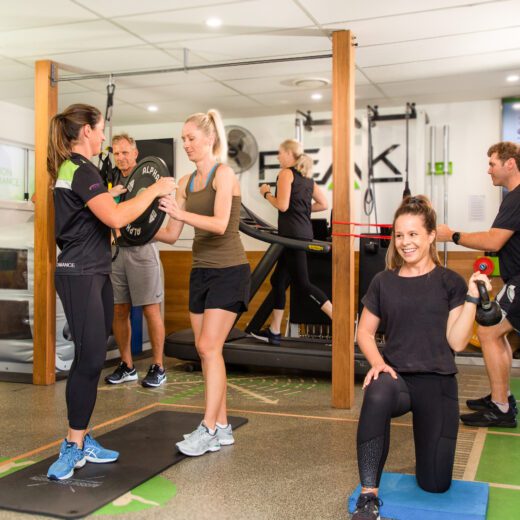
From Recovery to Resilience: Embracing a Preventative Mindset in Physiotherapy
For many, the first encounter with physiotherapy begins with pain. It might be the result of an injury, a nagging ache that won’t go...
Read more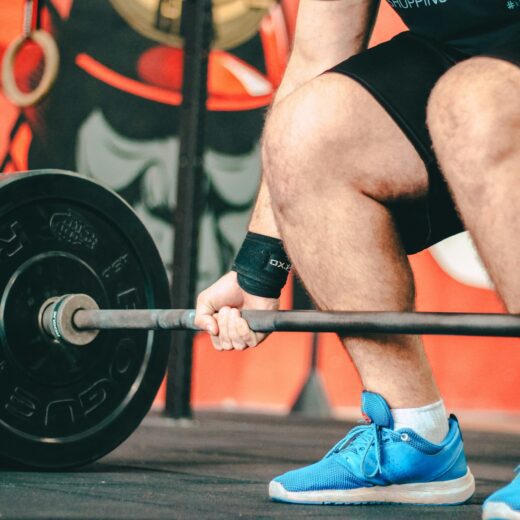
Deadlifting: Why It Matters – A Physiotherapist’s Perspective
As a physiotherapist, one of the most common myths I encounter is that deadlifting is only for bodybuilders or elite athletes. The reality? The...
Read more
Understanding Ingrown Toenails
Ingrown toenails occur when the edge or corner of a toenail grows into the surrounding skin, leading to pain, redness, and swelling. This condition...
Read more
Staying the Course: How to Stay Motivated Through Your Rehab Journey
Rehabilitation isn’t always a straight line. Some days, you’ll feel strong. Other days, progress might feel slow or even invisible. But here’s the truth...
Read more
When Dreams Take Flight: The Extraordinary Night We Shared “For The Last Time”
In the warm glow of a Brisbane evening, something magical happened. On May 25th, New Farm Cinema became more than just a venue—it transformed...
Read more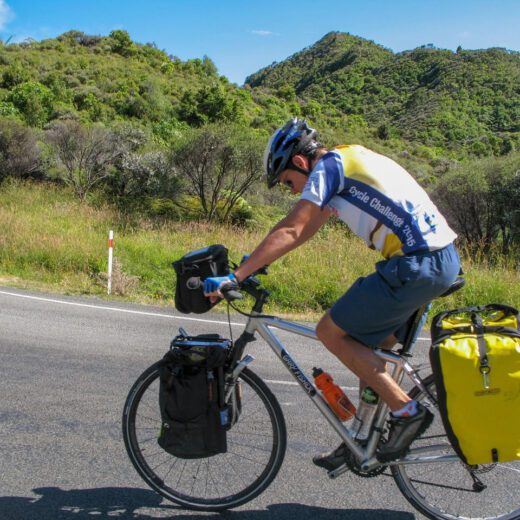
Ed’s Physio Journey with Nickelback Boy
Let us introduce PEAK Athlete Ed Schache… As a husband, Dad to 2 young sons, and lifelong recreational cyclist, Ed’s never been one to chase...
Read more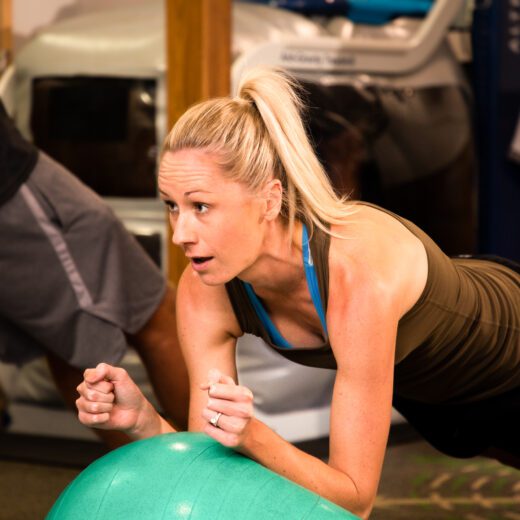
Why Women Should Strength Train: Lifelong Benefits from Youth to Aging
For too long, the image of strength training has been associated mainly with male athletes or bodybuilders. But the science is clear: strength training...
Read more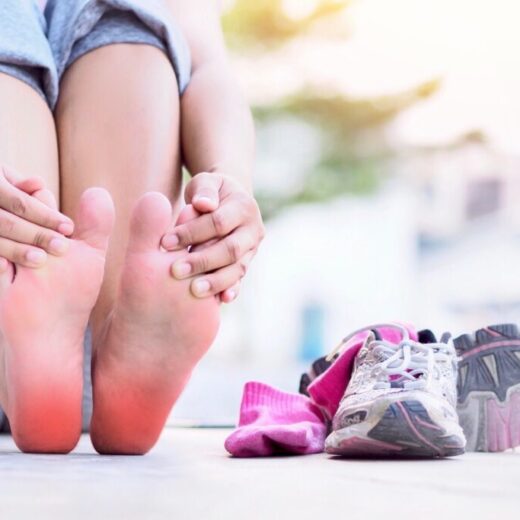
Sever’s Disease: Understanding Heel Pain in Growing Children
Heel pain in children is a common concern—especially among those who are active and going through growth spurts. One of the most frequent causes...
Read more
Join the Sunshine Coast Marathon
Join the Sunshine Coast Marathon with PEAK Sports and Spine Centre: Run with a Winning Team and Enjoy Exclusive Perks!Are you ready to challenge...
Read moreNot exactly what you're looking for?
View all articlesLet's get started — How can we help?
Physiotherapy
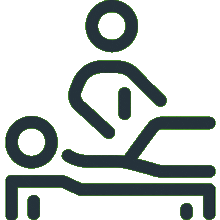
Chiropractic

Podiatry
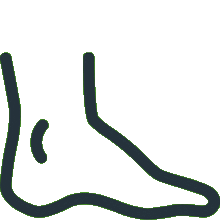
Massage Therapy

Women's Health Physiotherapy

Running Program Tailored To Your Goals
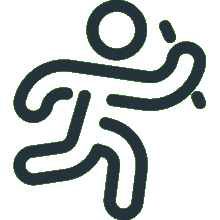
Joint Mobilisation

Active Release Technique

Exercise Prescription
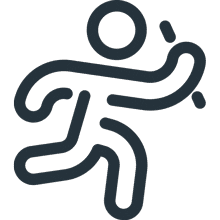
Real Time Ultrasound Imaging

Spinal Manipulation
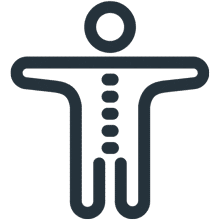
Functional Movement Screen
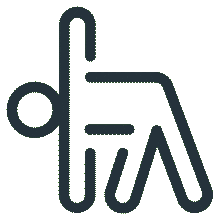
Knee Pain Treatment

Hamstring Strain Treatment
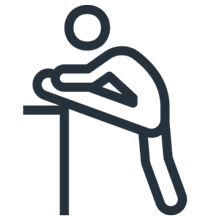
Hip Pain Treatment

Upper, Middle & Lower Back Pain

Neck Pain Treatment

Shoulder Pain & Rotator Cuff Tear

Can't find what you're after?
View all ServicesOr email the PEAK team at info@peakssc.com.au
Hawthorne
- Phone: (07) 3399 3318
- Fax: (07) 3319 6577
Address
5/171 Riding Road,Hawthorne, QLD, 4171 Get Directions
Opening Hours -
6 days per week
- Monday - Friday: 7:00 am - 8:00 pm
- Saturday: 7:00 am - 1:00 pm
To make a booking outside of business hours, please use our form by clicking here.
New Farm
- Phone: (07) 3399 4668
- Fax: (07) 3319 6577
Address
1/15 Lamington Street,New Farm, QLD, 4005 Get Directions
Opening Hours -
6 days per week
- Monday: 7:00 am - 8:00 pm
- Tuesday: 7:00 am - 8:00 pm
- Wednesday: 9:00 am - 8:00 pm
- Thursday: 10:00 am - 8:00 pm
- Friday: 7:00 am - 3:00 pm
- Saturday: 7:00 am - 3:00 pm
To make a booking outside of business hours, please use our form by clicking here.
